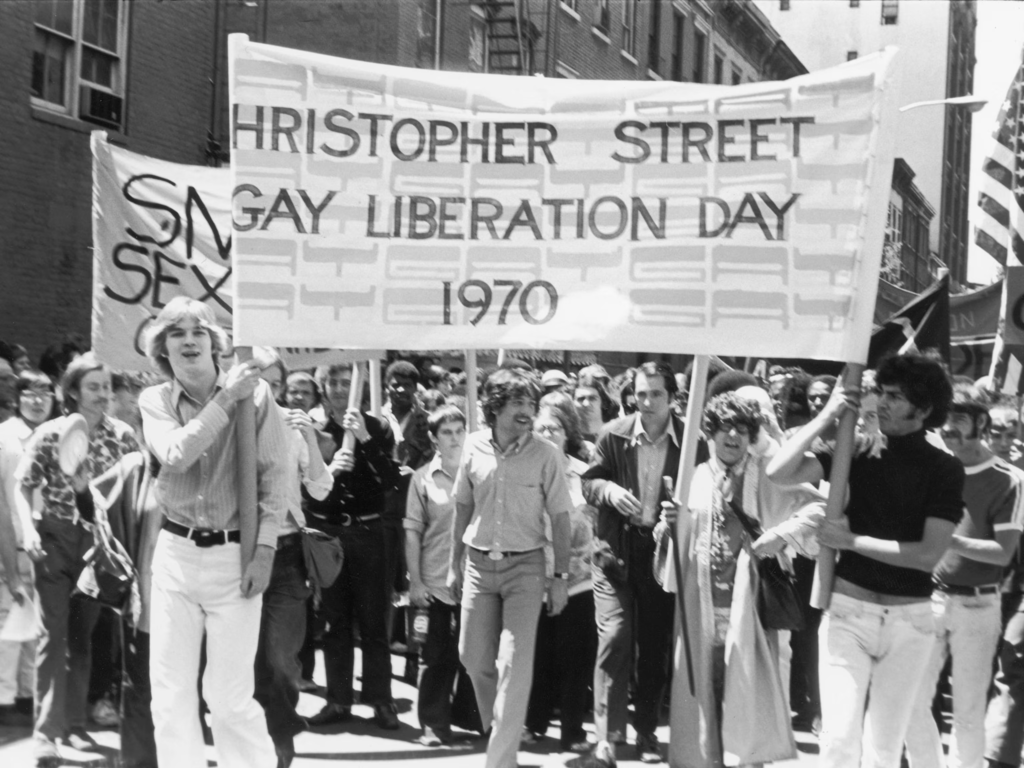Background
Pride parades, celebrated around the world with displays of love and inclusivity have a rooted history, in the fight for LGBTQ+ rights. The origins of pride parades movement originated at the Stonewall Uprising in 1969 when LGBTQ+ individuals courageously stood up against discrimination and mistreatment. This becomes the milestones of LGBTQ+ community.
The Day
One year later on June 28 1970 the inaugural Pride march, initially known as Christopher Street Liberation Day took place in New York City. It commemorated the anniversary of Stonewall. Served as a call for LGBTQ+ rights and freedom. From this beginning it has since blossomed into a phenomenon. That day is typically been treated as the origins of pride parades.

Pride Parades Nowadays
As the LGBTQ+ rights movement gained momentum so did Pride parades spreading to cities and across international borders. Throughout the years these parades have evolved to embrace the diversity within the LGBTQ+ community while simultaneously advocating for change and celebrating progress. The pride parade with pride flags now can be seen many places around the world.
The Achievement of Pride Parades
Pride parades have played a role in achieving legal milestones like removing homosexuality from being classified as a mental disorder and legalizing same sex marriage in various countries. However challenges still persist today underscoring why Pride parades remain as relevant as ever by providing platforms, for activism and demanding equality.
In summary
Pride parades symbolize the resilience and fortitude of the LGBTQ+ community. What began as an event has transformed into a celebration of love acceptance and equal rights.
These parades serve as a reminder of their roots and the continued struggle, for LGBTQ+ rights working towards a world where individuals can embrace their selves with pride.
Thanks for watching this brief origins of pride parades. I will study hard to generate more useful content.

